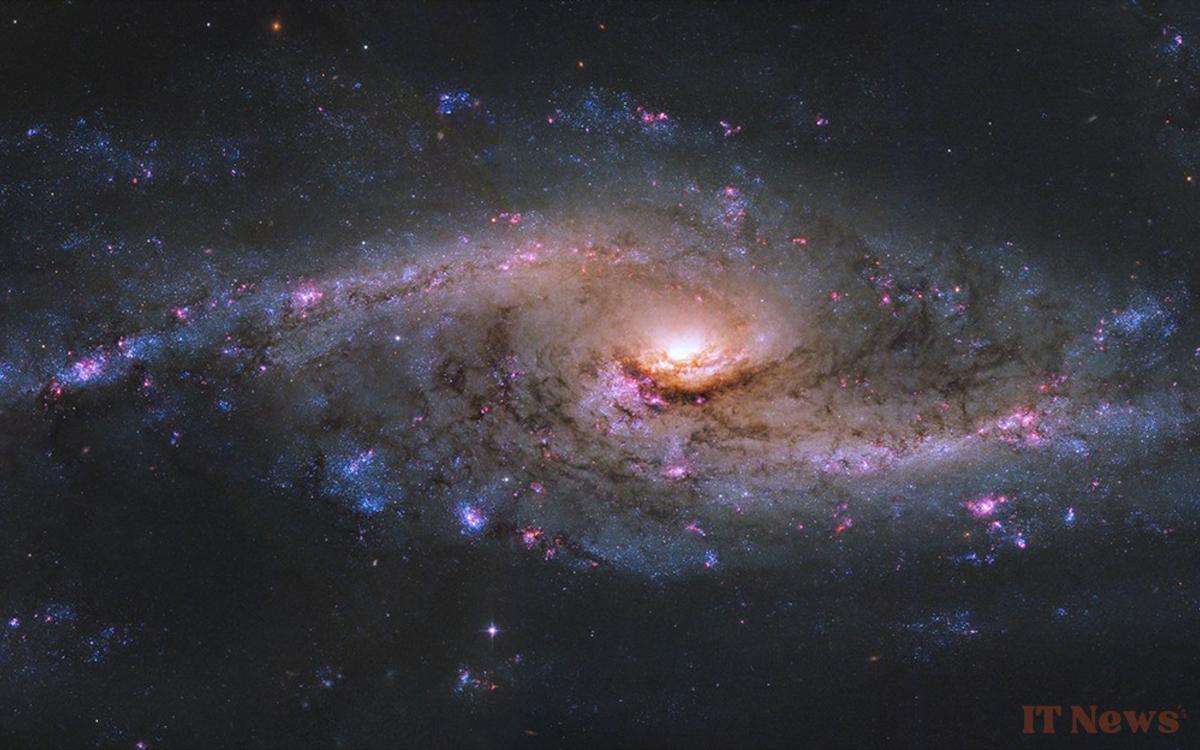The Hubble telescope continues to amaze us with a new image of a vibrant galaxy. Located 50 million light-years away, this luminous spiral is home to intense star formation. A fascinating phenomenon that reveals the secrets of the universe.
For over 30 years, the Hubble Space Telescope has been providing us with spectacular images of space. Recently, it revealed NGC 5643, a spiral galaxy located 40 million light-years away, with well-defined arms and a core powered by a supermassive black hole. It also surprised astronomers with A2744-GDSp-z4, a galaxy over 12 billion years old, much more orderly than expected for such a distant epoch. Today, the latter plunges us into another fascinating discovery. About 50 million light-years away in the constellation Virgo, NGC 4536 is a spiral galaxy classified among the Starburst Galaxies – starburst galaxies. Unlike conventional galaxies, it is experiencing extremely rapid star formation. In the image captured by Hubble, we can see young blue stars scattered in its arms as well as clouds of ionized gas, a sign of the birth of these new stars. an accelerated rate.
Hubble reveals a galaxy where starburst formation reaches peaks
Starburst galaxies like NGC 4536 produce new stars at a rate well above normal. This phenomenon can be triggered by gravitational interactions with other galaxies or by a significant concentration of gas in a specific region. In the case of the latter, the presence of a central bar appears to direct the gas towards its core, promoting intense activity stellar. The Hubble image highlights a bright ring around the center that reveals this cosmic excitement.
The new stars in NGC 4536 have a short lifespan. Many are massive and burn up their fuel in just a few million years before exploding as supernovae. These explosions release strong ultraviolet light that heats the surrounding gas clouds, forming bright regions of ionized gas visible in red in the image.
This observation is part of a larger program to better understand the link between star formation and the presence of cold gas in nearby galaxies. Thanks to Hubble, astronomers continue to decipher these phenomena, giving us an ever more precise vision of the evolution of the cosmos.
Source: NASA




0 Comments